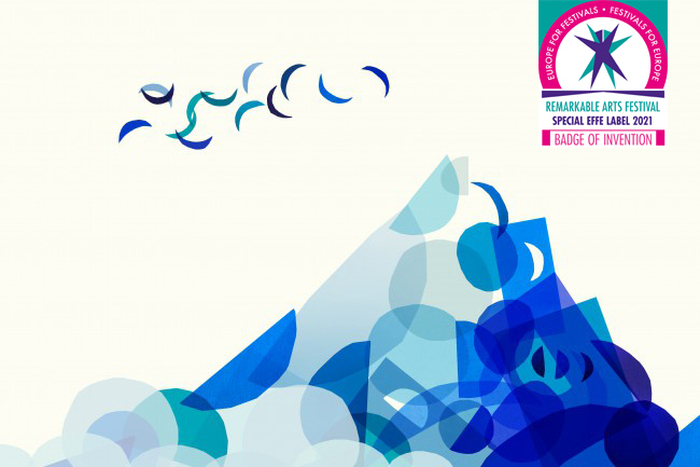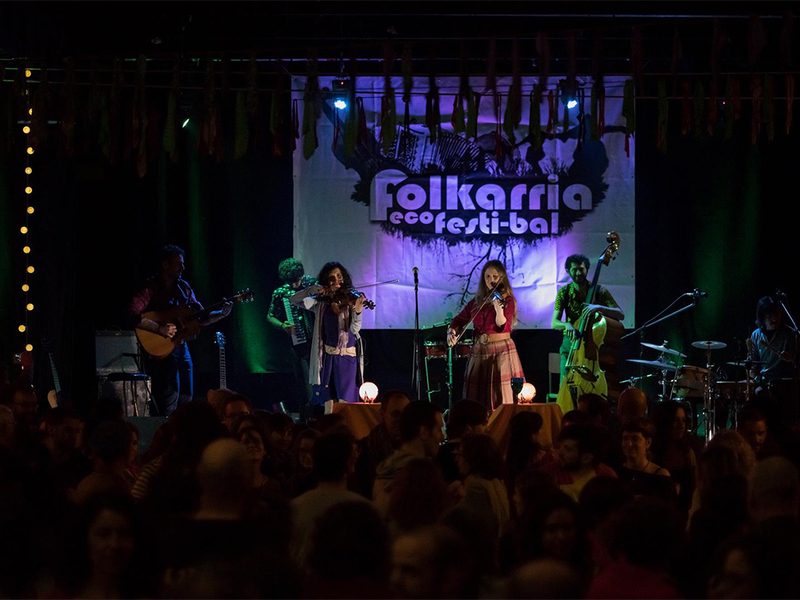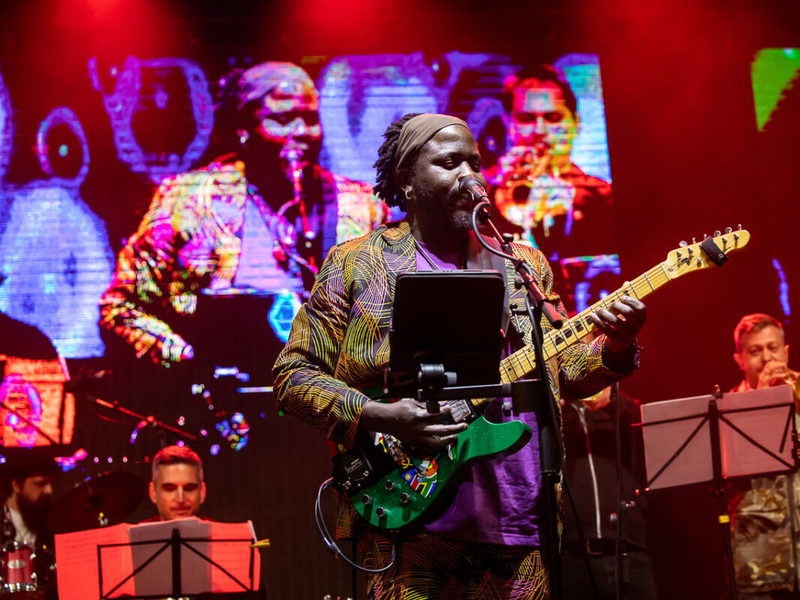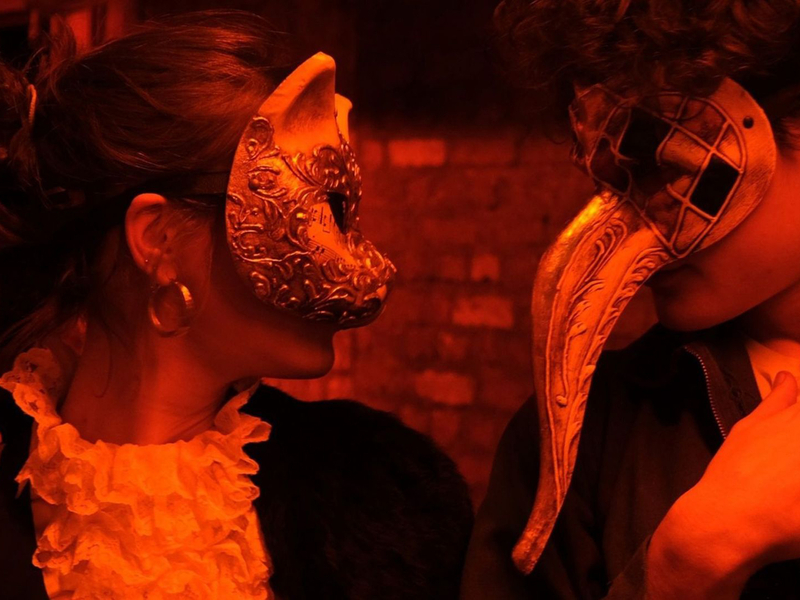[Festivals Stories] Lunalia
FESTIVAL OF FLANDERS MECHELEN: Lunalia
23 April > 8 May 2021
Mechelen, Belgium
Music

DE MONTE AT A DISTANCE: A Covid-19 madrigal
It will come as no surprise that people sometimes sing songs about the moon in Mechelen, the city of the people who tried to extinguish the moon. But a song about a mountain? In fact, Mechelen really does have its own mountain, and what a magnificent mountain it is: the composer Philippus de Monte, or Philip of the Mountain in plain English. Even in his own time he was known as the Prince of Music. De Monte lived to see most of the 16th century: born in Mechelen in 1521, it would be 82 years before he breathed his last in Prague. As a singer trained at St. Rumbold's Cathedral, he would work in Naples, Rome and London before ultimately becoming the Kapellmeister to two Habsburg emperors, Maximilian II and Rudolf II, at the courts of Vienna and Prague. Besides fulfilling these eminent roles, he was known as an amiable and modest man. A musical scion that his home city can be more than proud of.
Five hundred years after his birth, Lunalia celebrated the last of the Flemish Polyphonists with ensembles including Graindelavoix and the Ratas del viejo Mundo. They tackled some of De Monte’s 1600 surviving compositions. It was a remarkable new encounter with this refined composer. Besides the Mountain of Mechelen, the famous Mount Fuji in Japan also featured in the new festival production U ki yo e. Another remarkable première was They have been Waiting Long Enough. The composers Annelies Van Parys, Calliope Tsoupaki and Aftab Darvishi were asked to compose new work based on the figures of Medea, Penelope and Circe respectively. No one less than the writers Natalie Haynes and Gaea Schoeters got the project on the right track.
In 2017, we already knew we would be focusing on Philippus de Monte’s music at Lunalia 2021. After the nightmare ride we had in 2020, many things were still uncertain in 2021. However, the festival team was more convinced than ever that music is of inestimable value for ourselves and our wellbeing. We were pleased to be able to offer an international festival to a live audience in September-October 2020, in the form of Musica Divina. We were also able to bring our Beethoven year to a beautiful digital conclusion with projects including The Beethoven Physical Distance Experience in December 2020.
Yet before the music could resound in 2021, we had to ask ourselves a few questions. The first was whether or not we would have a brochure printed. It still rankled that we had had to take so much paper to the recycling depot in 2020. We decided to go ahead and get a brochure printed anyway. That was mainly to be able to put the half-forgotten composer Philippus de Monte in context, and only to a lesser extent to advertise a festival that might not be able to go ahead live. So two new texts were written for the brochure. Peter Van Heyghen and Björn Schmelzer gave us fascinating insights into Philippus de Monte’s world. Both asked about the relevance of his music in his own time and ours. Their answers probably motivated some people to discover or rediscover the composer. The new CD by the Ratas del viejo Mundo was released shortly before the festival – with madrigals by De Monte, of course. The CD met with high praise from the international press, helping to spread a positive De Monte story.
A second question was whether or not we would engage in ‘city dressing’, as it is known. We soon decided that we would. Even if the festival were digital, it would need to be visible in the city. It would be a signal that we were still there, even in difficult times, and that we were continuing to enrich the city. So the blue moons of Lunalia appeared in the streets of Mechelen on flags, banners, posters and flyers.
A third question was how we could achieve a similar experience to The Beethoven Physical Distance Experience on a festival scale. By then it was quite clear enough that disseminating expressions of creativity by digital means was only a partial solution. Digital channels are meaningful for stories made for that medium. The many streams launched during the pandemic seldom reached a wider audience, and if they did, the question remained as to whether the event was fully experienced, let alone whether it was adequately conveyed. We did not want to rule out any option in 2021 to turn Lunalia into a genuine digital adventure. When it became clear that the spring of 2021 would also mean months without an audience, we turned on the digital fountain.
Although there were also a couple of traditional streams on the programme, including a much-appreciated reading by Natalie Haynes, we put more energy into high-quality teaser recordings with post-production. A production by the King’s Singers was also offered exclusively for one day. Radio Klara was in position for a live broadcast and a couple of recordings. We also tested what digital rituals might involve.
The first digital ritual marked the start of the festival, along with the traditional opening concert that is always compiled in the form of a ritual. Not a stream, this time, but a live meeting. Along with Floris De Rycker, Vojtěch Semerád, Maja Jantar and the festival team, we went in search of traces of Philippus De Monte, both in the city of Mechelen where he was born and also in Prague, the city where De Monte breathed his last.
The festival’s production manager, who normally spends the opening day dashing back and forth, was sitting in her improvised studio at home to make sure everything went smoothly. Just in case, a film of all the participants was recorded in advance so that we would have something to fall back on in the event of technical problems. We climbed St. Rumbold's Tower at full moon with lute player and artist in residence Floris De Rycker to pay tribute to De Monte from up there. In the belly of the cathedral, Maja Jantar presented a unique performance with ceramics she had made herself. Vojtěch Semerád, in turn, recorded a film in his home city of Prague, partly in St James’ Church where De Monte is buried. All of this was brought together during a live meeting. A second digital ritual was carried out with the ensemble Hyoid. Other productions were professionally recorded and made available online later. That was the case for projects including U ki yo e and Subtilior-De Monte distorted, for three electric guitars and two singers, based on De Monte’s Requiem. An extensive De Monte concert film was recorded with Graindelavoix and in partnership with the Bijloke in Ghent, and the world premiere of They have Waited Long Enough was recorded by the hyper-professional Evil Penguin TV.
It was an exciting digital story, but a difficult operation. We did it primarily for the artists who had already had a challenging year, and secondly to be able to tell De Monte’s story to the festival audience. However the digital medium is not the miracle cure some people would like it to be. It is no more or no less than one medium among many, with its own rules.
And last but not least: our so-called digital festival was also an analogue one. The brochure and city-dressing were there, the musicians were there and for anyone who could listen live, the music sounded as wonderful as ever. The virtual mountain of Mechelen could be heard for a short while.
Jelle Dierickx


